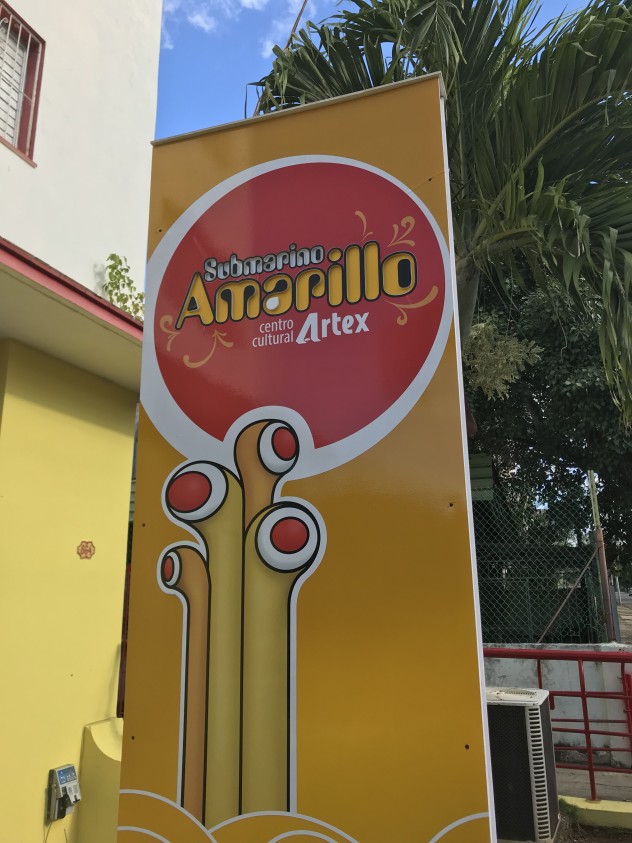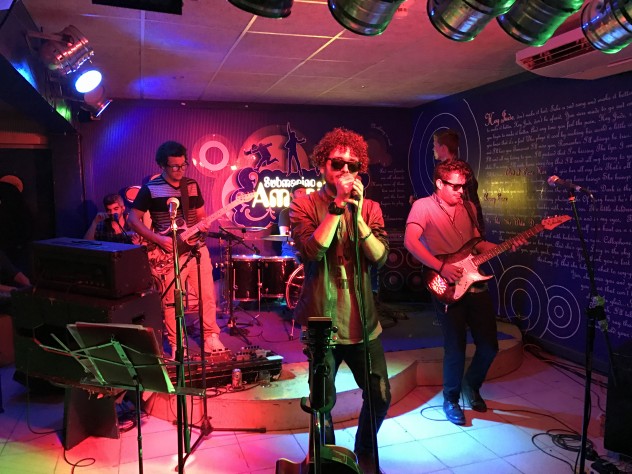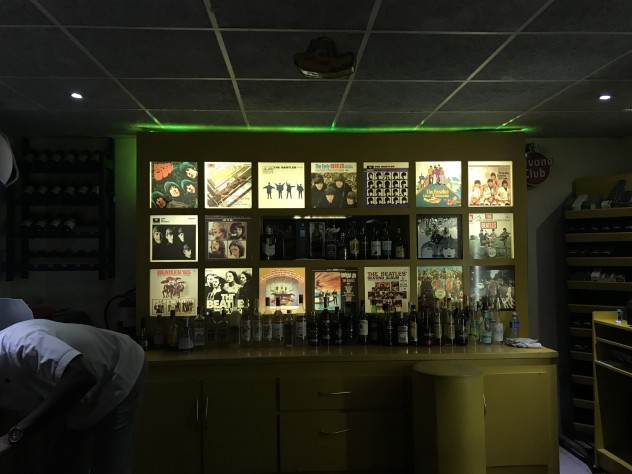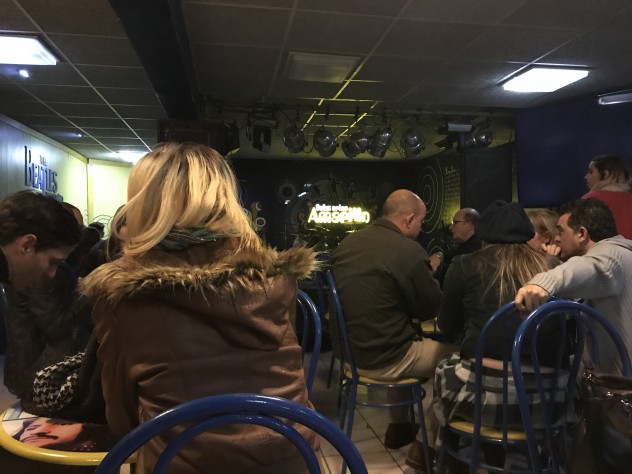Teatro Nacional, Unión de Escritores y Artistas Cubanos, and Instituto de Música Cubana
I still had more places to check out. First, the Teatro Nacional, where Los Pacíficos once played. I got there and took pictures, but wasn’t allowed in – you can only enter with tickets for shows, and none were happening. I then made my way to the Unión de Escritores y Artistas Cubanos, where the Beatles colloquium was held. I explained my project to the desk lady, who brought me to the music office. There, a man told me to take a seat and wait. In a few minutes, he returned, saying in perfect English, “Since I have this opportunity to speak English, I am going to take it to practice. You need to go to this address, not far from here. Someone will be able to talk to you there.” I studied the piece of paper, indicating the address for the Institute for Cuban Music, three blocks away. I thanked him for his help and went on my way.
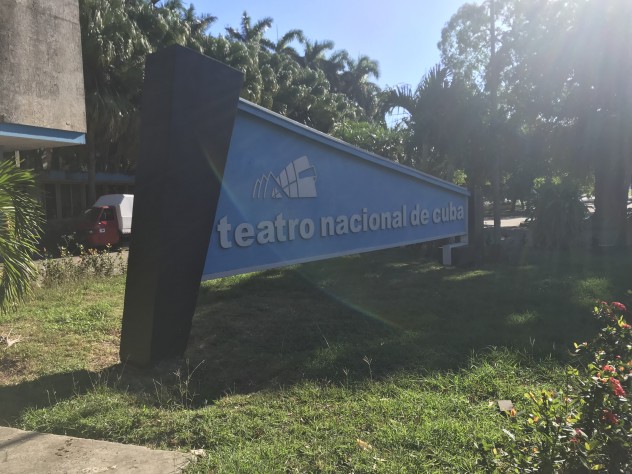
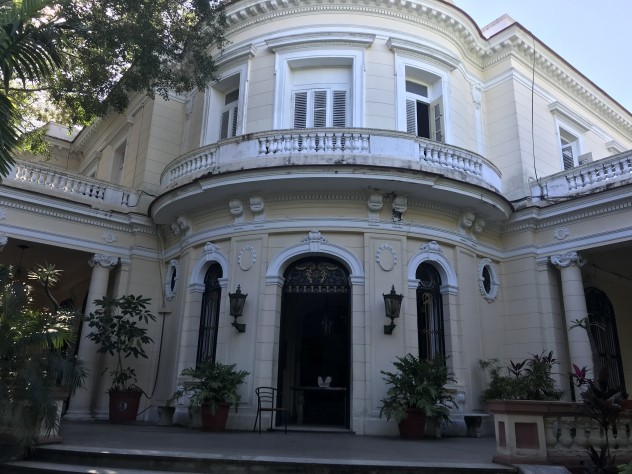
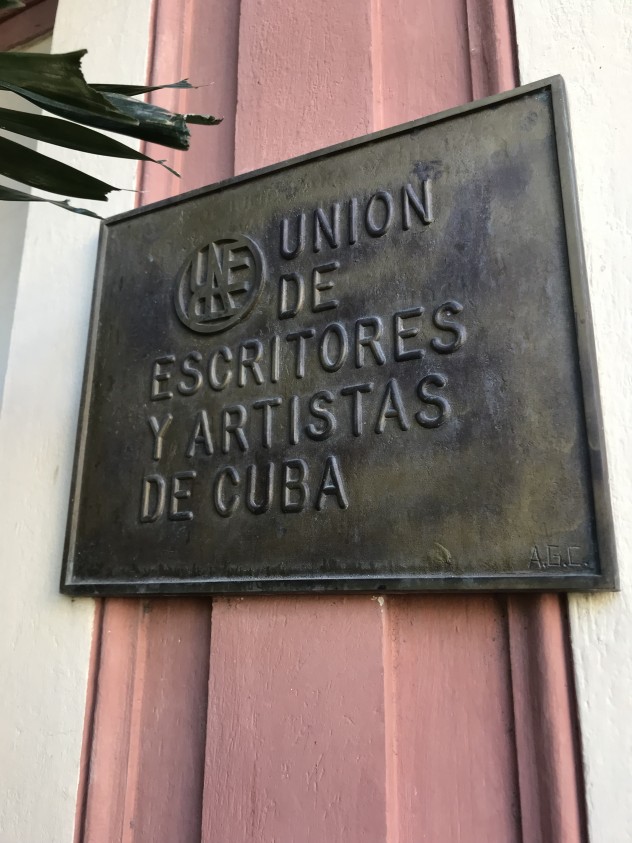
I gave my same schpeal to the new desk lady, who gave me a quizzical look. I’m used to that look from Cuban women. Nevertheless, she brought me into a back office and introduced me to a woman who supposedly could help me. I explained to her my project, and she lit up, saying that the person I simply must speak to is the director of Submarino. Ha. She also mentioned a professor from North Carolina who worked with the director, but he’s not in Cuba. Then she was searching for the name of the man who wrote the Beatles book – “Ernesto Castellanos,” I helped. She nodded approvingly, saying that he lives somewhere in Havana, but she didn’t know where. Regardless, she claimed that the director of Submarino tells the same story that Castellanos does.
“Were you here in Havana during that era?” I inquired. “Yes,” she replied, “but I was very little.” Nevertheless, she can speak to the popularity of the Beatles from then to now. “When I turned 15 years old, I received a Beatles CD. In the US, turning 18 is an important year. Here in Cuba, it’s 15. And I remember all of my friends, kids on my street, wanted to listen to the disc and borrow it. They were a worldwide phenomenon (fenómeno mundial), the Beatles. They had a presence here in the same way they did in many places.” Today, the Beatles are constantly played in concert. She referred to a large concert celebrating the 50th anniversary of Sergeant Pepper’s held in Parque John Lennon last spring as an example. But back in the 60s, the Beatles – and rock and roll – “tenía un problema.” According to her, the government didn’t like the long hairstyles and bell-bottoms of the Beatles influencing the youth, and their music was essentially prohibited. So, people just played the music in the privacy of their homes. Cuban artists would eventually spread their popularity and other rockers’ popularity, with Submarino Amarillo being the best current connector between Cubans and the Beatles. As for the popularity among all ages: “Gabriel Garcia Marquez, the famous Colombian writer of 100 Years of Solitude, once said that the Beatles are a point of contact between the youth and their parents.” That’s what it’s all about.
The Beatles are a point of contact between the youth and their parents.”
Even though this woman professed that there were better people to speak to, she really did help me out. After thanking her, she asked me where I was from. She lit up again: “New York? Did you see that concert there last year by Chucho Valdés? My son is a very talented clarinetist, he played with Chucho Valdés in that concert. Here, I’ll give you his information to look him up on YouTube.” She gave me her card and notes on her son. I felt quite satisfied with the interview.

